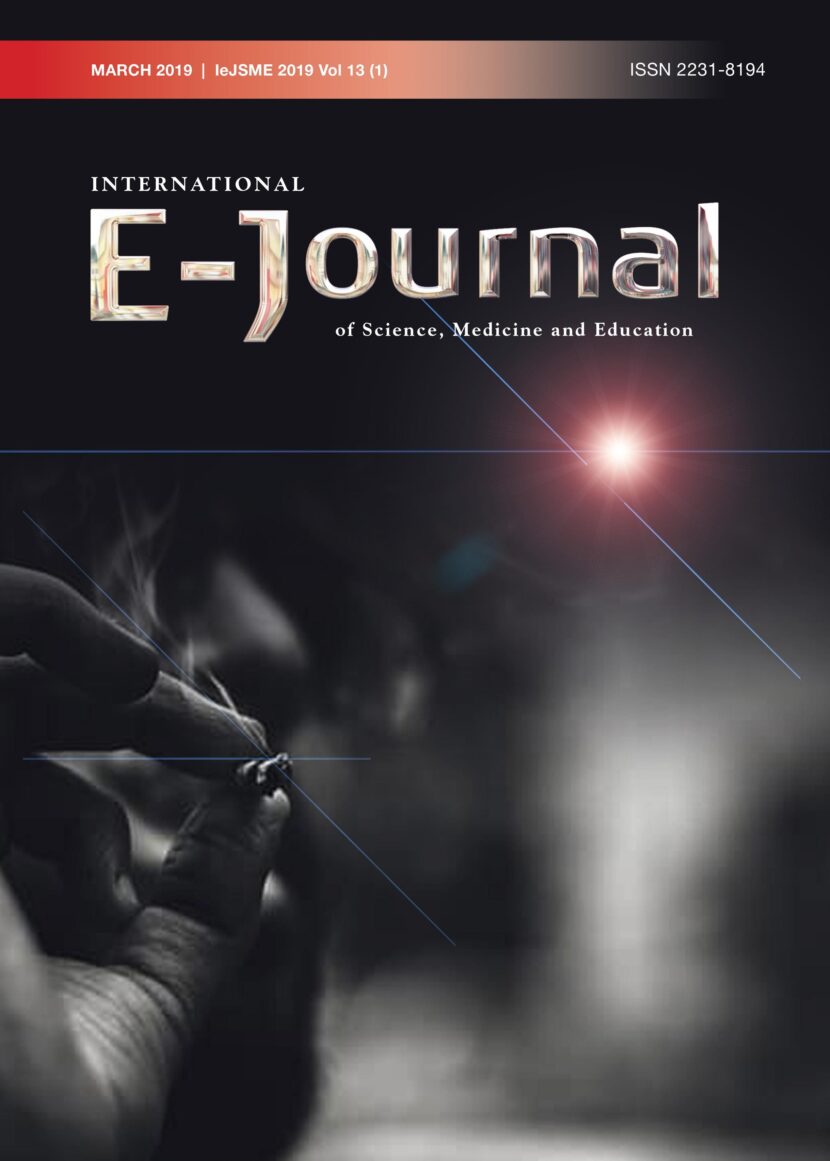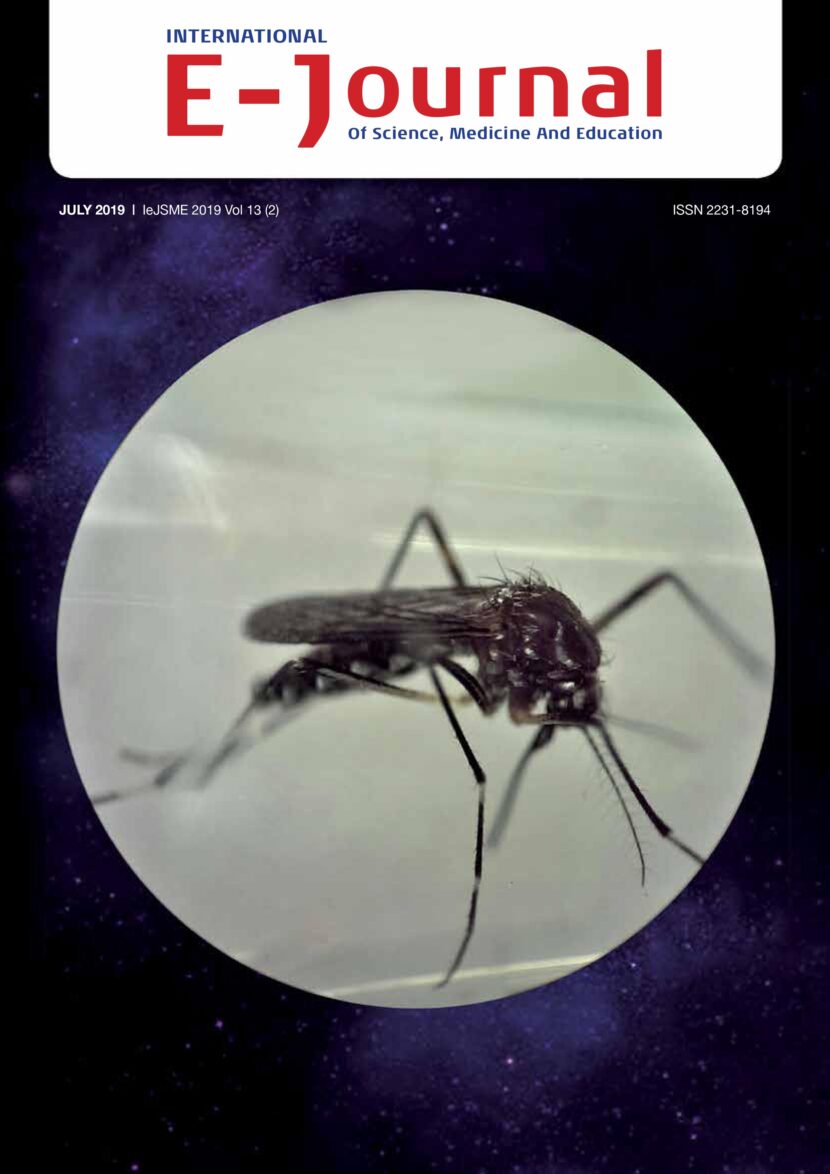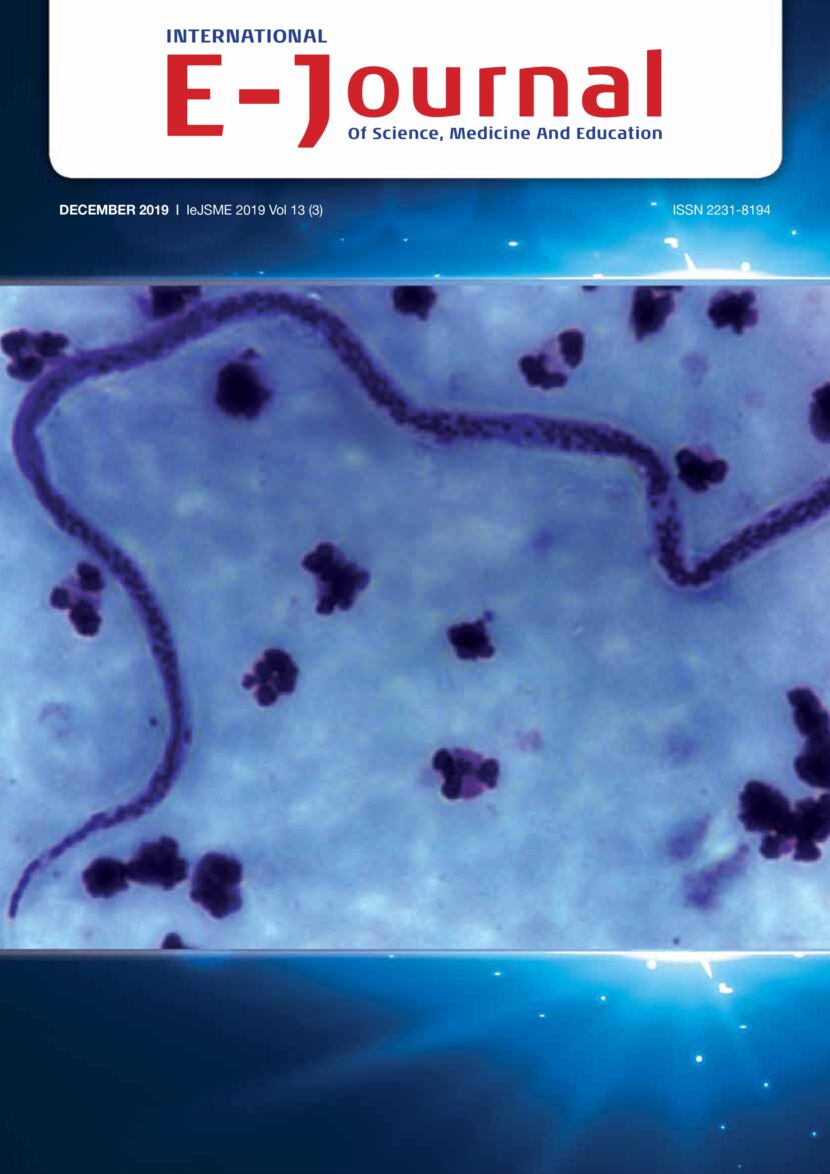Author: Davendralingam Sinniah
ABSTRACT
Shock, a major cause of morbidity and mortality in children, is the the most anxiety-provoking emergency that needs to be addressed urgently and effectively by the attending paediatrician. It is a state where the metabolic demands of the tissue are not met due to circulatory dysfunction. Unlike adults, hypotension is a very late feature of shock in children. As the child’s condition worsens, the clinical presentation of the different causes of shock become similar, and nullify any aetiological differences. Regardless of the type of shock, the final common pathway is inadequate tissue perfusion and oxygen supply to meet cellular demands. Delayed recognition and treatment result in progression from compensated reversible shock to uncompensated irreversible shock with widespread multiple system organ failure to death. This paper reviews the physiological basis, and pathophysiological classification of the various types of shock and their respective aetiologies. The clinical features of the different types of shock are described, and current diagnostic and therapeutic strategies are applied for the most effective and appropriate treatment for resuscitating the child in shock. A strong index of suspicion, early recognition, timely intervention and transfer to an intensive care unit are critical for successful outcomes in the management of paediatric shock.
Keywords: shock, child, aetiology, treatment, management.
Citation: IeJSME 2012: 6 (Suppl 1): S129-S136
DOI: https://doi.org/10.56026/imu.6.Suppl1.S129







